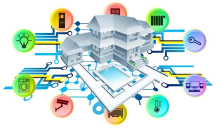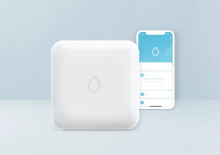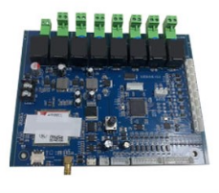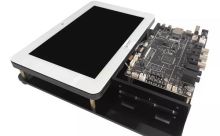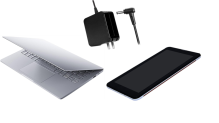Mesh networking is a key requirement for low-power wireless technologies for smart home and smart industrial applications, as it overcomes range limitations, simplifies scalability, and enhances robustness. Until recently, however, designers who have managed to use Bluetooth low-power technology have been frustrated by the lack of mesh network support.
The lack of this support for Bluetooth Low Power has forced designers to choose other technologies such as Zigbee and Thread for smart home applications where Bluetooth low power might otherwise be perfectly suited and widely supported.
The Bluetooth SIG is now addressing this weakness by introducing the Supplemental specification Bluetooth Grid Network 1.0. The specification requires no additional hardware and runs on all low-power Bluetooth chips (V4.0, 4.1, 4.2, and 5). Several vendors have supported Bluetooth Mesh Networking 1.0 by implementing the specification in their firmware and adopting development tools.
However, before starting mesh network design with the new specification, designers should familiarize themselves with how the mesh network implementation of the Bluetooth SIG differs from alternative technologies. For example, there is a trade-off between simplicity, power consumption, and flexibility, as these differences affect design choices and processes.
This article uses the specification and explains the architecture of a Bluetooth mesh network for designers. The operational characteristics of Bluetooth mesh networks and how the architecture supports applications such as smart home and smart lighting are explained. Finally, some suitable Bluetooth mesh network design tools and auxiliary hardware and software solutions are introduced.
Advantages of mesh networks
Bluetooth Low Power was originally designed to complement "traditional" Bluetooth by extending the wireless technology to peripherals with modest battery capacity. Examples of peripherals include motion sensors (such as heart rate bands) and wirelessly controlled toys. Each peripheral communicates with a central monitoring device (such as a smartphone) through an independent channel, thus forming a star network topology.
The rapid expansion of low-power Bluetooth into other areas, including smart home applications such as lighting control, is due in part to its interoperability with smartphones. In these types of applications, the shortcomings of star networks quickly become apparent.
For example, a low-power Bluetooth solution can only handle a limited number of simultaneous connections (typically eight). Lighting fixtures larger than this number of bulbs cannot be controlled using a single command, resulting in delays. Second, in large rooms, remotely located bulbs may be out of range of a central controller.
In mesh networks, messages are routed from one point in the network to any other point by hopping in a two-way channel connecting multiple nodes, without adopting a central device that communicates with individual peripherals. In this way, mesh networking offers obvious advantages because it allows the simultaneous control of dozens of connected devices, overcomes range limitations, and builds in redundancy.





